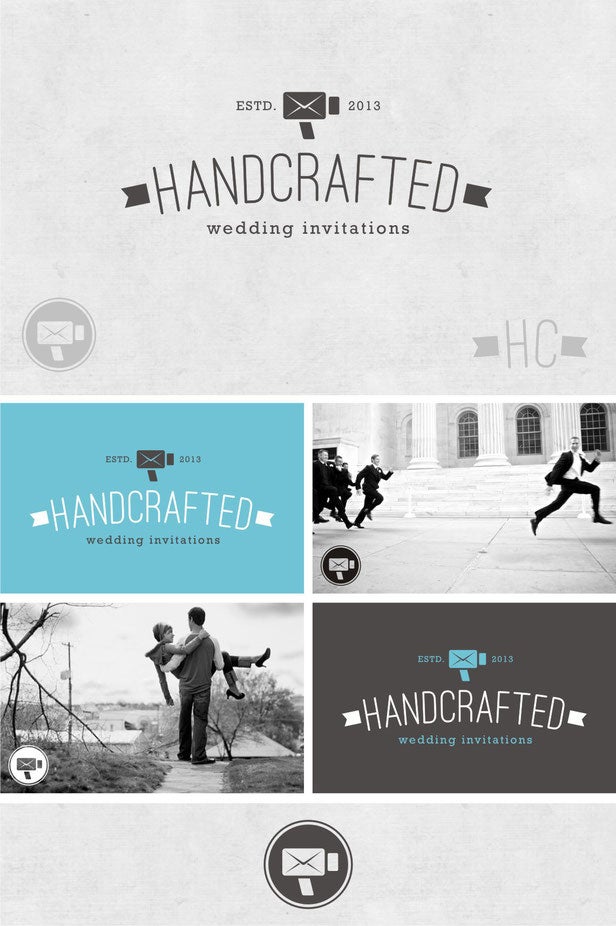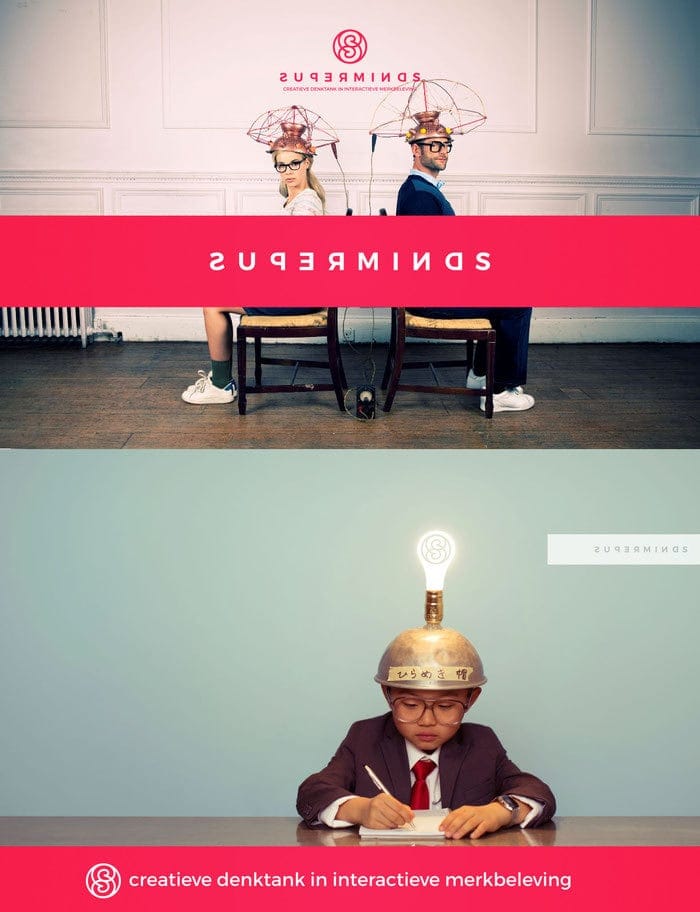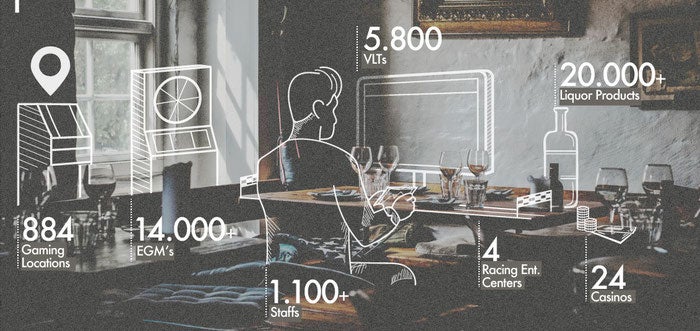There has been a sea change in how internet users consume their online data. As a consequence, marketers are regularly forced to keep up to date, and practically every expert worth their salt understands the importance of making online data more attractive. Readers are no longer happy to stay on a web page and scroll through a giant wall of text with the occasional paragraph.
In 2016 practically every major social network such as Facebook, Twitter, and Instagram (among others) realized the importance and potential of visual marketing. For example, tweets containing images receive 150% more ‘retweets’ than messages without images while Facebook posts perform 130% better when images are attached. Clearly, visual marketing is crucial in making sure your data reaches your target audience so how can you use it to boost traffic to your website?
What is visual marketing?
It is a method of using visual aids to tell visitors the story of your brand. Research proves that it makes your marketing more memorable and credible to your target audience. Up to 90% of information that comes to the brain is visual and up to two-thirds of people are ‘visual learners’. It’s really quite surprising that it took us so long to realize the fundamental importance of using images, videos, and illustrations to present data!
With visual marketing, your website:
- Attracts busy people who are lured in by the clarity of your data.
- Makes it easy for readers to digest vast amounts of information.
- Increases your chances of being found on organic search (with the correct use of alt tags).
- Boosts your social media audience share.
Let’s take a look at the best visual aids to use for your website.
Bring your business online with Jimdo.
How to boost your brand identity
Use video
High-quality video marketing can drive your website into the stratosphere. You can condense an incredible amount of information into a short, easily digestible explainer video. Marketing 101 dictates that you must first identify your target audience’s problem before offering a solution. What better way to do this than by showing your product/service in action?

Branded video content is likely to take over; it involves releasing a video under your company name, offering useful information and persuading viewers to take action with a subtle CTA. Other types of video include How-To, Animated, Demonstration and Testimonials. Check out these video marketing statistics:
- Video could represent up to 74% of internet traffic by the end of 2017.
- Consumers are 300% more likely to watch a video about a product rather than read a description.
- According to a study by Eyeview, adding video to a landing page increases conversions by over 80%.
Use images
Video marketing can be expensive, and not everyone can afford it. Don’t despair; using professional quality photographs and pictures will still increase your website’s conversion rate and traffic. As a bonus, it is far cheaper than video.

Despite advances in technology, or perhaps because of them, modern consumers have a lower attention span than ever before. As a result, it is crucial to break up blocks of text with images relevant to the content. While you’ll ideally use professional pictures, it is possible to use online platforms to create good quality images or purchase stock photography. Alternatively, there is also a good range of free high-quality stock images available out there.
Here are some statistics linked to the use of images:
- Snapchat users share 540,000 photos a minute.
- Articles with images receive almost double the views of those with no pictures.
- Instagram had more than 500 million users as of June 2016.
Use infographics

Infographics are a casual statistician’s dream. They are used to showcase complex data and statistics in an easy-to-read format. A web design expert comes in handy here as your infographics must have an attractive layout. Designers must combine the right fonts, shape, and colors to present your data in the best possible light. When you get it right, your infographics will be shared across social media and blogs! Let’s look at some statistics:
- People are over four times more likely to complete a task if they follow a text and illustration combination when compared to text alone.
- Infographics are liked and shared 200% more often than any other form of content.
Visual marketing—what does the future hold?
We have just scratched the surface of what visual marketing is capable of. The attention spans of Internet consumers continue to get shorter so marketers must look for ways to present meaningful data in a quick and easy to digest manner. As always, Google really rules the roost. The net’s most popular search engine has long since factored visuals into its ranking criteria, and this will continue.
Meanwhile, social media sites dedicated to images continue to grow while Facebook and Twitter also reward users that use visuals in their marketing efforts. If you don’t have a clue how to begin your campaign, get in touch with a high-quality designer, let them know your brand’s vision and start planning a strategy as soon as possible.

